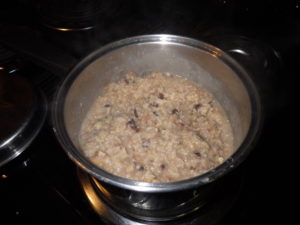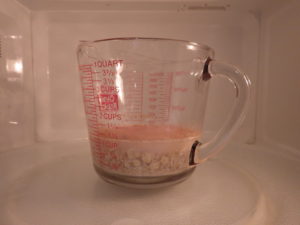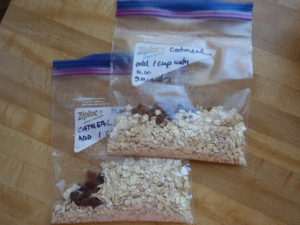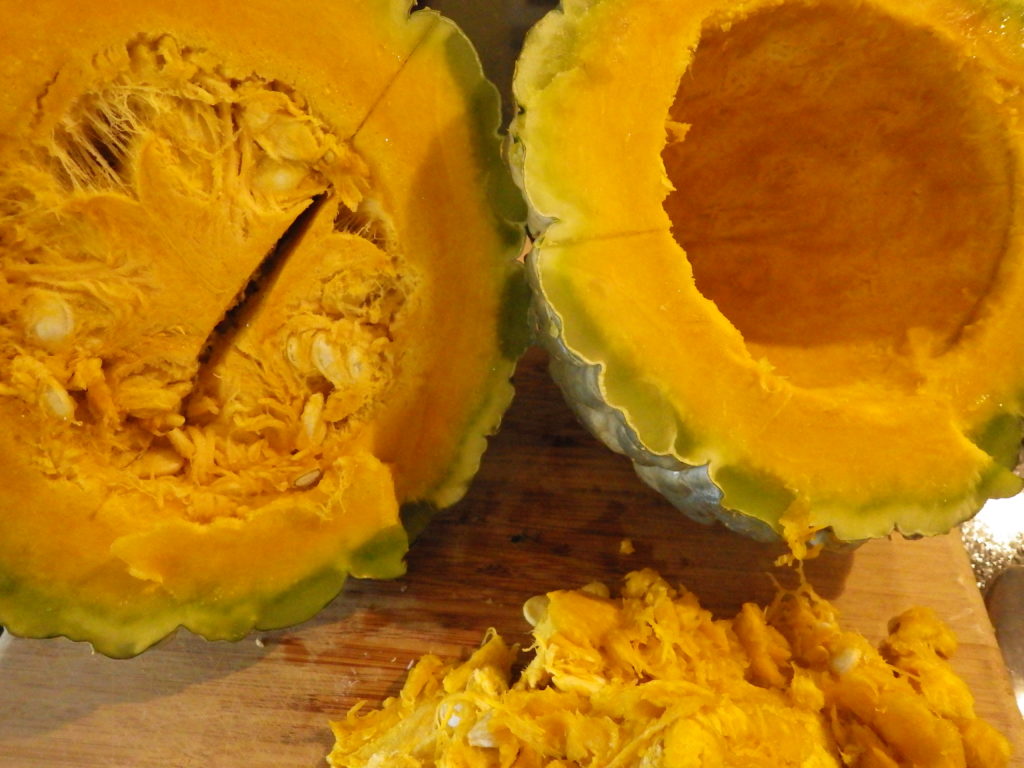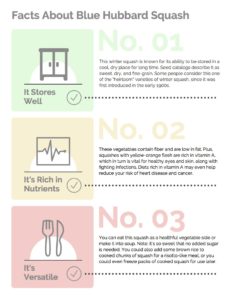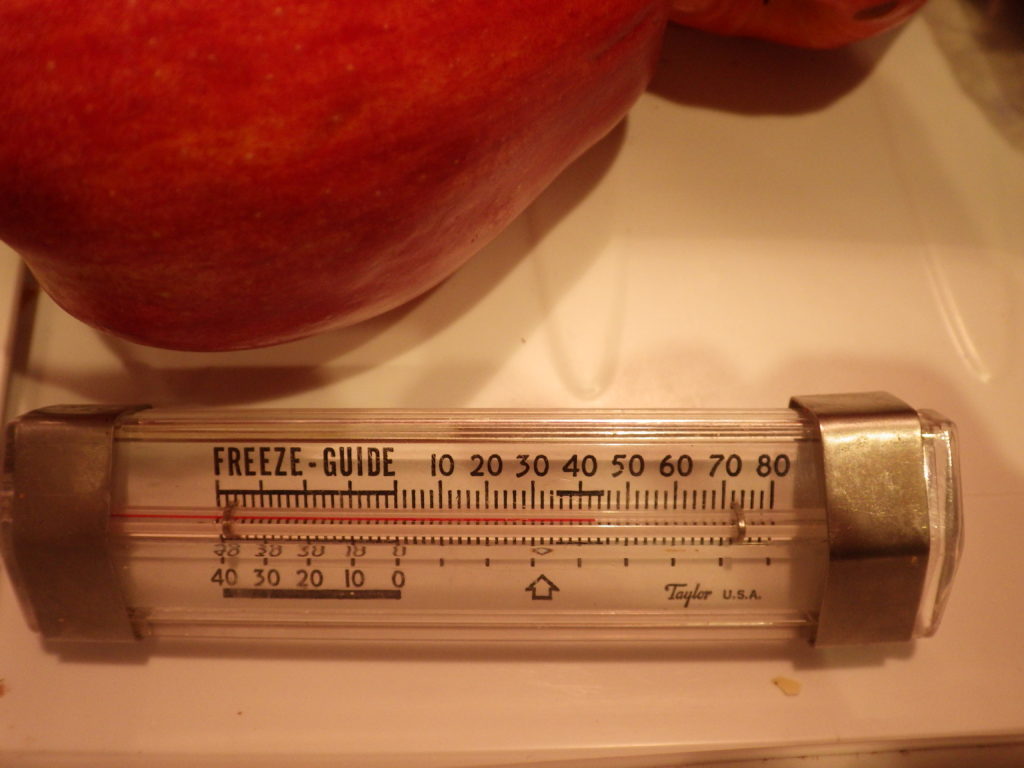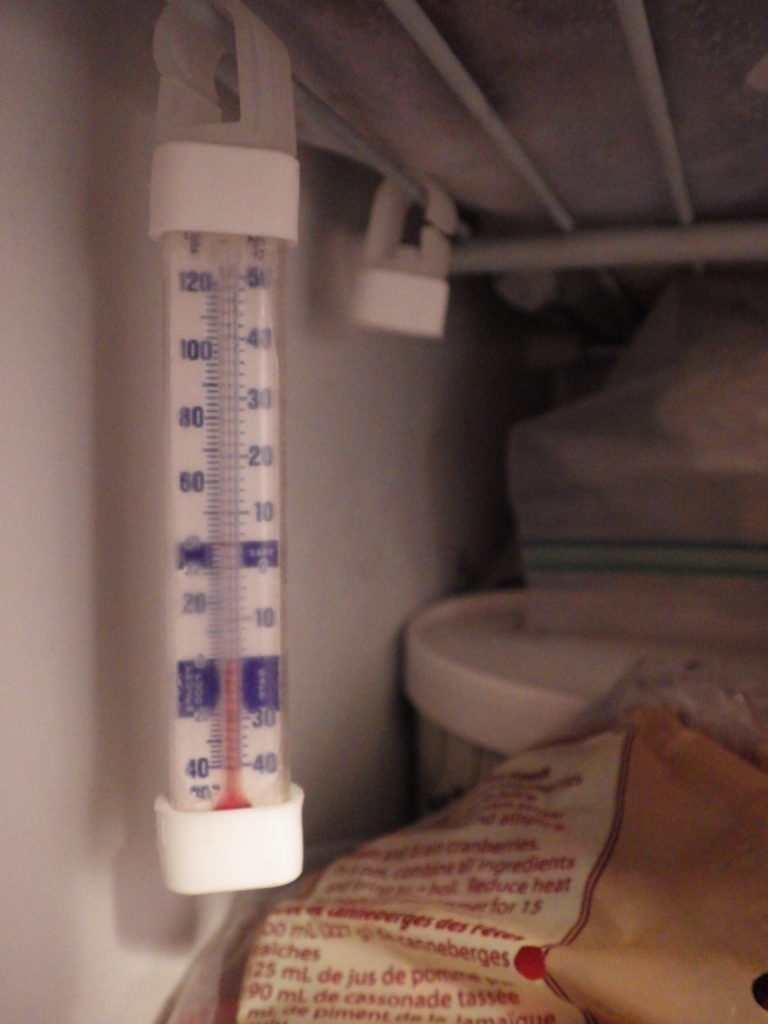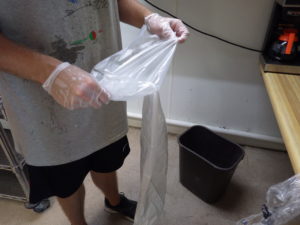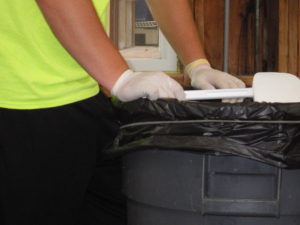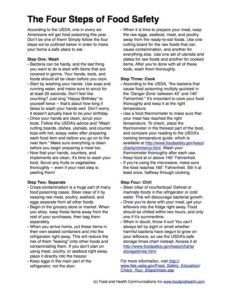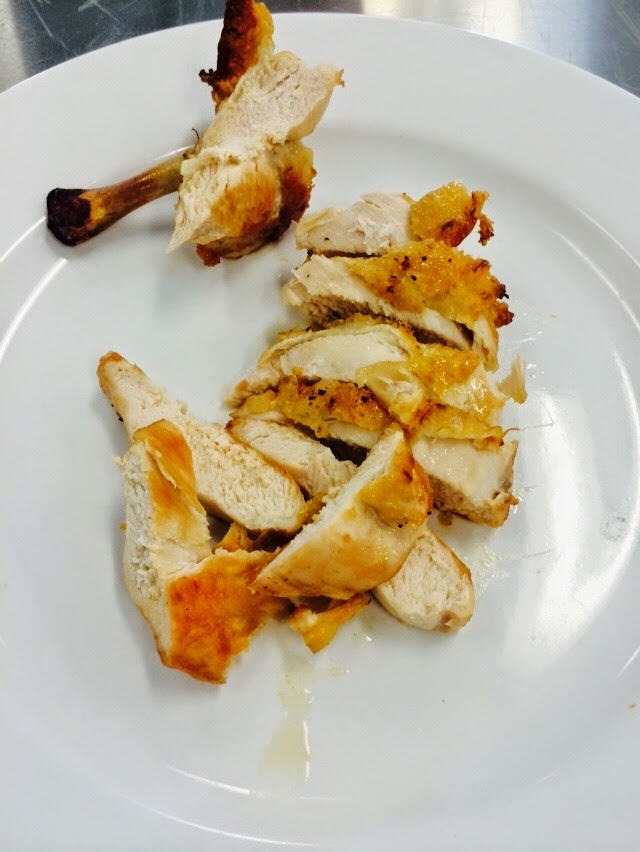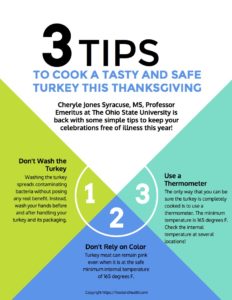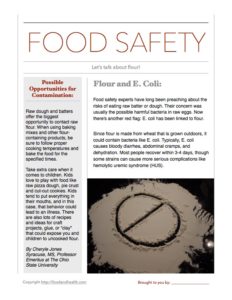Things change.
I looked around the dinner table this past holiday and realized that things were different. We had a wonderful group of people, both family members and friends… all people that we enjoyed spending time with in the past. Nothing about that has changed. However, what had changed was what we were eating. Some of the people around the table had illnesses over the past year that changed what they were “allowed” to eat. Another person had been diagnosed with a food allergy. And then there were the frequently-heard statements about certain foods that just don’t “agree” with people.
Overall we had:
- One nut allergy (no tree nuts for sure, maybe peanuts, too!)
- One seafood allergy
- One person with lactose intolerance
- Three people that didn’t eat any peppers (red, yellow, or green)
- One person that recently had bariatric surgery and didn’t want sugar
- One person who didn’t “do” any refined or carbohydrate-based foods.
So, how do you feed a group like this?
Here are some basics:
An allergy happens when a person’s immune system reacts to proteins in food. Major allergy foods include: eggs, wheat, peanuts, tree nuts (almonds, pecans, walnuts, hazelnuts), soybeans, milk, fish, and crustacean shellfish. We had several of these to consider at our latest gathering. Another thing to remember about allergies is that cooking a food does not reduce or eliminate the chances of a reaction.
A food intolerance is when someone’s body can’t digest certain chemicals properly. Common intolerances involve lactose and gluten. These usually result in vomiting, nausea, cramps, and diarrhea. People with Celiac disease can have long-term problems when they consume even small amounts of gluten.
It’s really hard to please everyone, but of more concern to me were those allergies that could really result in major reactions, including a rash, hives, breathing problems, cardiac arrest, and maybe even death. This is not something that you should brush off or ignore. Sometimes it’s even hard to trust that people with these allergies won’t eat the wrong foods.
How do you handle a situation like this? First, we asked each person or family to bring something that they knew they could eat. That way, everyone had at least something.
Then, when asked, we were able to provide the ingredient label or recipes for most of the other meal items. I was surprised that one bakery item from the grocery store didn’t have an ingredient label, but a sign by the cash register cautioned about nuts and gluten.
Another key is to watch out for cross contact. What’s cross contact? This is when the allergy food is inadvertently put in contact with a non-allergy food. Just a fork or spoon being transferred from one food to another may put enough of the allergy protein in the second food that could cause a problem for the person with the allergy. This could be something as simple as mixing food with fingers, on counter tops, in serving spoons, frying pans, dishes, or even “double dipping” a chip or cracker touching one food and then another. It gets even more hectic when there are larger numbers of people and several of them are trying to prepare food in a kitchen at the same time.
We were much more aware of these allergies and food intolerances this year. This is something for everyone to think about when groups get together to eat. I’ve been at buffet lines and pot-luck dinners where people have been good to share recipes and add signs if there is a known “allergy food” in the dish, but it’s also good for people to be concerned about that cross contact, too. While people with food allergies need to be “on the alert” and ever-vigilant, we can all help each other by paying closer attention to the details.
By Cheryle Jones Syracuse, MS, Professor Emeritus at The Ohio State University
And for a few other helpful allergy resources, don’t miss these materials…

Food Allergy Poster 18x24 Laminated in English
$22.75 $25.50
Add to Cart





